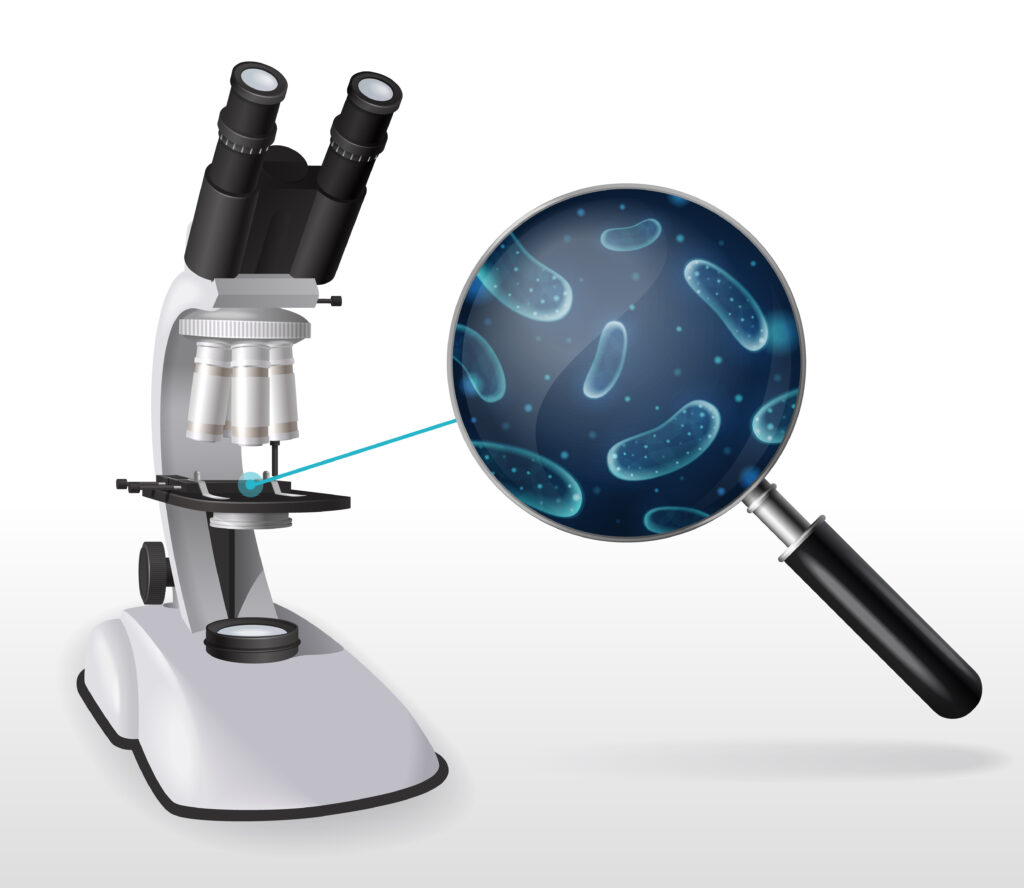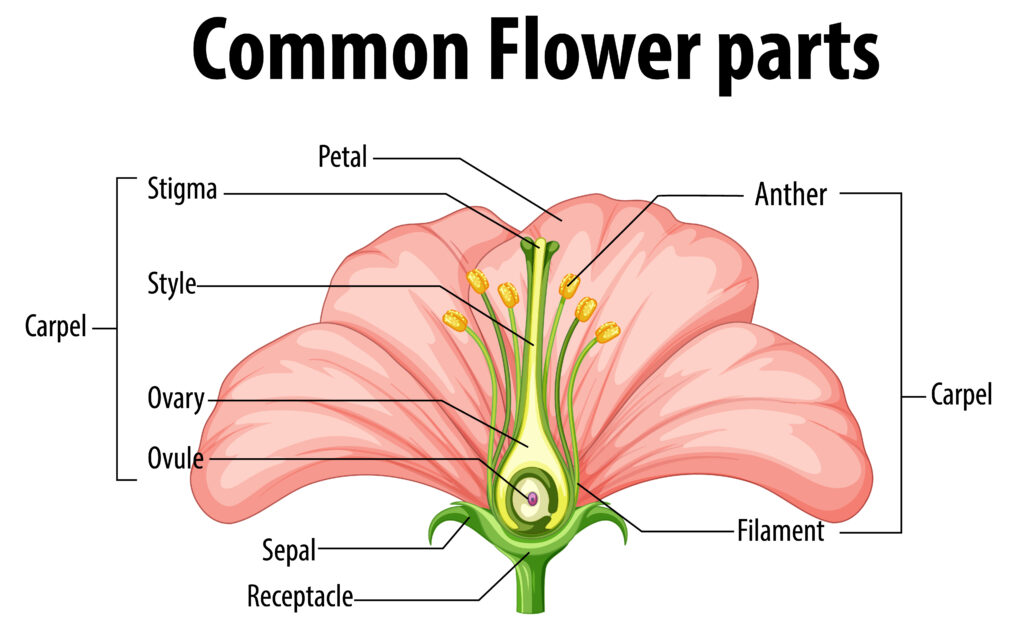Transport in Animals and Plants
Explore the fascinating transport systems in animals and plants. Learn about human circulatory and excretory systems, water transport in plants, transpiration, and food distribution.
Help & Instructions
▼- Circulatory System: Identify organs and blood flow pathways
- Plant Transport: Match plant parts to their transport functions
- Use the hint button if you need help with any section
- Try different activities to learn about various transport systems
- Understand the human circulatory system and its components
- Learn about the human excretory system
- Explore water and food transport in plants
- Understand the role of transpiration and stomata
Human Circulatory System: Identify the Organs
Drag and drop the labels to identify organs in the circulatory system.
Plant Transport: Match Functions
Match plant parts to their roles in transport processes.
Transport systems are essential for moving substances within organisms. Animals have circulatory systems to transport blood, nutrients, and gases, while plants have vascular tissues to transport water, minerals, and food. Understanding these systems helps us comprehend how organisms maintain life processes.
Transport in Animals and Plants Concepts
The circulatory system transports blood throughout the body:
- Heart: Pumps blood through the circulatory system
- Arteries: Carry oxygen-rich blood away from the heart
- Veins: Carry oxygen-poor blood back to the heart
- Capillaries: Tiny vessels where gas exchange occurs
- Blood: Carries oxygen, nutrients, hormones, and waste products
- Lungs: Oxygenate blood and remove carbon dioxide
The excretory system removes waste from the body:
- Kidneys: Filter blood and produce urine
- Ureters: Tubes that carry urine from kidneys to bladder
- Bladder: Stores urine
- Urethra: Tube through which urine exits the body
- Skin: Excretes water, salts, and urea through sweat
- Lungs: Excrete carbon dioxide
Plants transport water through specialized tissues:
- Xylem: Transports water and minerals from roots to leaves
- Phloem: Transports food (sugars) from leaves to other parts
- Roots: Absorb water and minerals from soil
- Root Hairs: Increase surface area for water absorption
- Stem: Contains vascular bundles (xylem and phloem)
- Leaves: Site of photosynthesis and transpiration
Transpiration helps pull water upward in plants:
- Transpiration: Loss of water vapor from plant leaves
- Stomata: Tiny pores on leaf surfaces for gas exchange
- Guard Cells: Control opening and closing of stomata
- Transpiration Pull: Creates suction that draws water up from roots
- Factors affecting transpiration: Temperature, humidity, wind, light
Plants distribute food produced during photosynthesis:
- Source to Sink: Food moves from leaves (source) to other parts (sinks)
- Phloem Transport: Sugars are transported through phloem tissue
- Translocation: Process of moving sugars through phloem
- Sinks include: Growing roots, stems, fruits, and storage organs
- Storage: Excess food is stored as starch in roots, stems, or seeds
We can observe stomata through a simple activity:
- Take a leaf and apply clear nail polish on its surface
- Let it dry completely, then peel off the polish
- Place the peel on a slide and observe under a microscope
- You'll see stomata and guard cells clearly
- Stomata are more numerous on the underside of leaves



